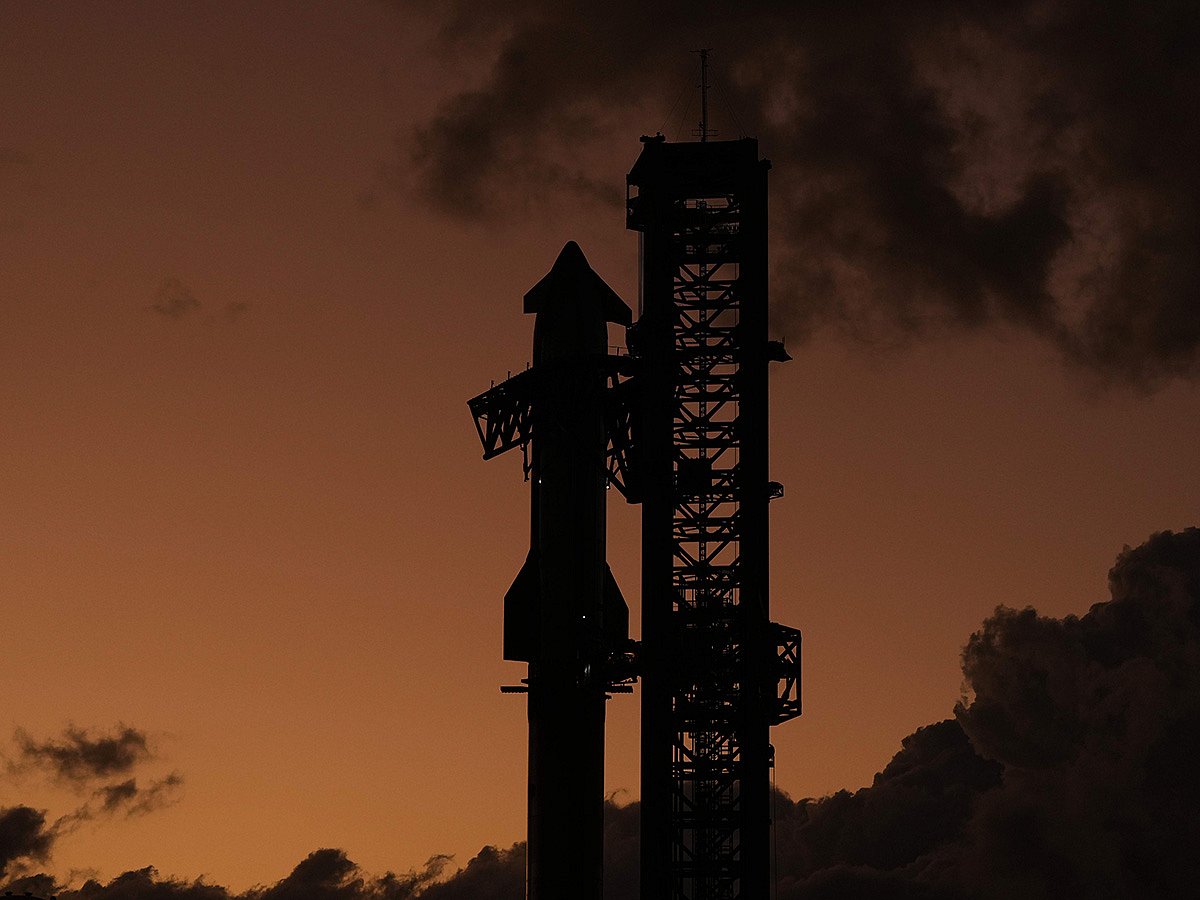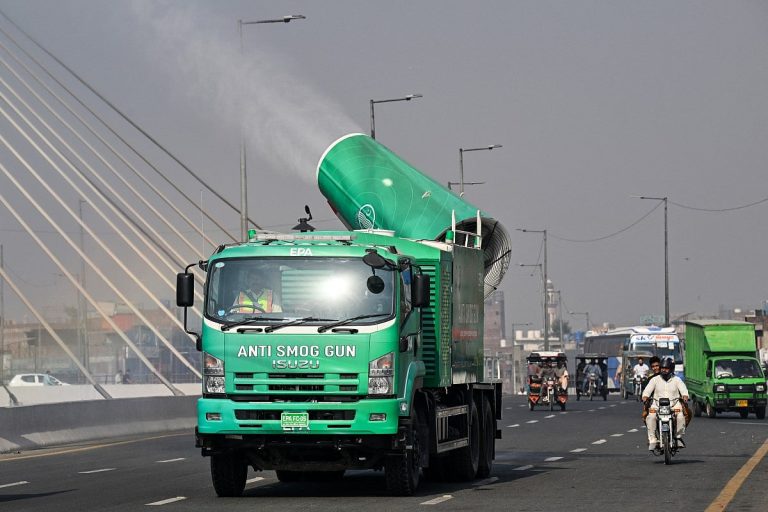SpaceX Gears Up for 11th Starship Test Flight
SpaceX is gearing up for the 11th test flight of its Starship rocket, with the launch window opening at 6:15 PM local time on Monday. This ambitious project is central to both NASA’s lunar exploration goals and Elon Musk’s vision for Mars colonization. However, the company faces increasing scrutiny regarding its ability to meet critical deadlines and deliver on its promises.
The Role of Starship in NASA’s Artemis Program
NASA plans to utilize the Starship rocket, recognized as the largest and most powerful rocket ever built, to facilitate the return of astronauts to the Moon. This initiative is part of the Artemis program, which aims to land humans on the lunar surface by mid-2027. The program is particularly significant as it comes at a time when China is advancing its own lunar ambitions, targeting a crewed mission by 2030.
SpaceX has secured a multibillion-dollar contract with NASA to develop a modified version of Starship that will serve as a lunar lander. Despite the potential of this partnership, concerns have arisen about the feasibility of meeting the ambitious timelines set by both NASA and the U.S. government.
Recent Test Flight Outcomes
The last test flight in August was deemed a success, marking a notable improvement after a series of previous tests resulted in dramatic failures, including explosions during flight and ground tests. During the August mission, SpaceX successfully deployed eight dummy Starlink satellites, showcasing the rocket’s capabilities and providing live footage of the deployment process.
However, the challenges ahead remain significant. Musk has highlighted the development of a fully reusable orbital heat shield as one of the most daunting tasks. The complexity of this technology is underscored by the lengthy refurbishment process required for the Space Shuttle’s heat shield, which took nine months between flights.
Challenges Ahead
Another critical hurdle for Starship’s future missions is the ability to refuel the rocket in orbit using super-cooled propellant. This step is essential for enabling deep-space missions, yet it remains untested. NASA’s Aerospace Safety Advisory Panel has raised concerns about the risks associated with this process, with panel member Paul Hill indicating that the timeline for achieving these capabilities is “significantly challenged.”
Despite these challenges, NASA’s acting administrator, Sean Duffy, remains optimistic about the U.S. maintaining its leadership in space exploration. He has publicly dismissed fears that China could surpass the U.S. in lunar exploration, asserting that America has historically led in space and will continue to do so.
FAQs
When is the next Starship test flight scheduled?
The next test flight of the Starship rocket is scheduled for Monday at 6:15 PM local time.
What is the purpose of the Starship rocket in NASA’s Artemis program?
Starship is intended to serve as a lunar lander, helping to return astronauts to the Moon as part of NASA’s Artemis program.
What are the main challenges SpaceX faces with the Starship rocket?
Key challenges include developing a fully reusable orbital heat shield and successfully refueling the rocket in orbit with super-cooled propellant.
Conclusion
As SpaceX prepares for its next Starship test flight, the company faces a mix of optimism and skepticism regarding its ambitious goals. With critical deadlines approaching for NASA’s lunar missions, the success of this test flight and future developments will be pivotal in determining the trajectory of both SpaceX and U.S. space exploration efforts.
The Starship program represents a significant investment in the future of space travel, with implications extending beyond lunar missions. The technology developed through Starship’s testing could pave the way for future interplanetary travel, particularly to Mars, where Musk envisions establishing a human settlement. This long-term goal aligns with SpaceX’s broader mission to make life multi-planetary, a concept that has garnered both support and skepticism within the aerospace community.
In addition to technical challenges, SpaceX must navigate regulatory hurdles as it seeks to conduct its test flights. The Federal Aviation Administration (FAA) oversees the licensing of commercial space launches, and any incidents during testing could lead to increased scrutiny and potential delays. As SpaceX continues to push the boundaries of rocket technology, the interplay between innovation and regulation will be crucial in shaping the future of its ambitious projects.
Also Read:
Child Protection’s Essential Role in Sustainable Development







